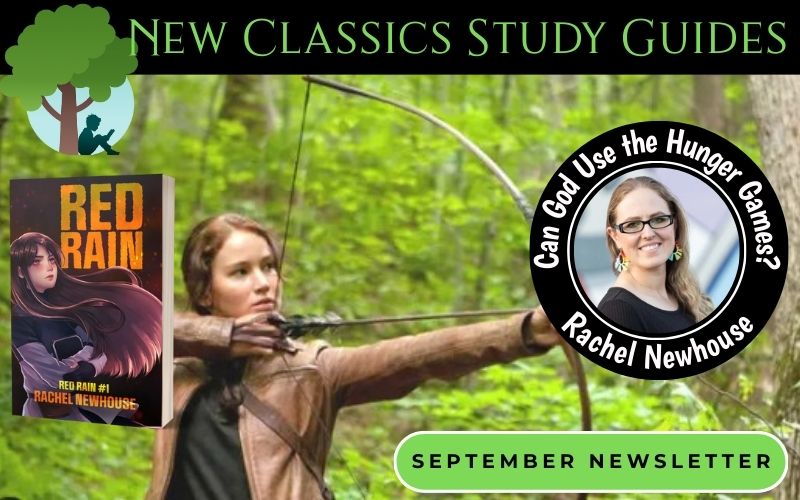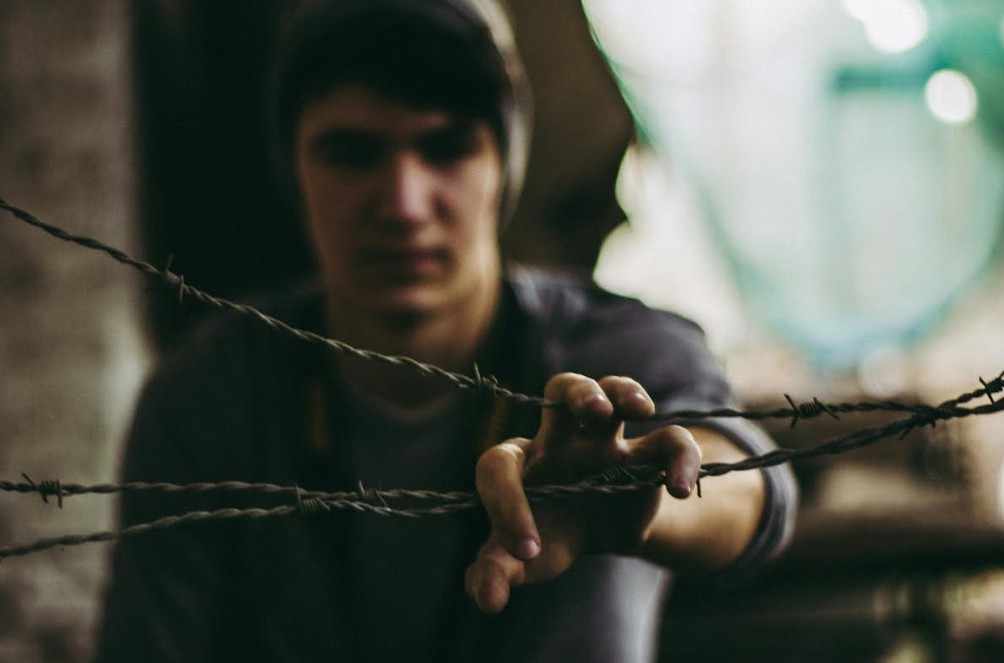Can God Use the Hunger Games?
Sep 23, 2025 5:31 pm
Dystopian: of, relating to, or being an imagined world or society in which people lead dehumanized, fearful lives (from Merriam Webster)
Dystopian fiction has a tumultuous history. The concept of a dystopia, which means literally “bad place” in Greek, first came as a reaction to the upheaval of the French and Industrial Revolutions. Following the World Wars, dystopian fiction became widespread on account of classics like George Orwell’s 1984 and Ray Bradbury’s Fahrenheit 451.
It was seen as primarily an adult genre until the 80s and 90s, when Lois Lowry’s The Giver popularized a young adult, coming-of-age perspective. But the genre truly exploded in popularity when Suzanne Collins published The Hunger Games in 2008. Now, when most people talk about dystopian, they think of young adult series like The Maze Runner, Divergent, and Legend—all action-driven stories with a lot of angst, rebellion, and (usually) romance.
I’ll be the first to “volunteer as tribute” and admit—I love modern YA dystopian fiction. I remember watching The Hunger Games on a first gen Kindle Fire, back when that was new and exciting technology. (Did I just date myself?) I instantly became obsessed with the genre—so it should be no surprise that my first book, Red Rain, is dystopian.
But even though I love all the tropes and trappings that come with dystopian fiction, I’ll be the first to admit that it can be a complicated—and often problematic—genre, especially for Christian parents of young readers. By its very definition, dystopian fiction often explores themes of violence, political commentary, and the depravity of human nature. How can we, as homeschool parents, approach this genre from a Christian perspective? Below are a few tips and discussion questions to help you engage with your student over this popular genre.
Let's Engage Our Kids!
Look for the parallels. The goal of dystopian fiction is to use a fictional society to examine our current one. By exaggerating a fault in human nature, dystopian fiction can provide commentary on real-world issues. For example, The Hunger Games can be seen as a commentary on the entertainment industry and celebrity culture.
The dystopian world in my book Red Rain hits a little bit closer to home; in my fictional universe, religion (and by extension, homeschooling!) is illegal. The imaginary evil government demands conformity, and my young protagonist must choose whether to obey God or man. (I’ll let you guess which one she chooses.)
My goal as an author is to encourage my readers to resist peer pressure and question “what’s popular”—and that’s the kind of questions you can ask your student when they’re reading dystopian fiction. Talk about the fictional dystopian society and ask them to find how it applies to the world they live in. What parallels do they see? What themes and values are being discussed?
Compare and contrast with the Bible. Of course, finding the fault in society is only the first step. The real power of dystopian fiction comes when we contrast the flawed fictional society against biblical values. Sinful man, if left to his own devices, will always create a dystopia—but God has a solution. Ask your reader: What does the Bible say about the issues that are being explored in the book they’re reading? Since my book Red Rain features a Christian protagonist, I’ve woven biblical values directly into the story, and my characters constantly discuss the Bible and seek God for solutions.
By asking critical thinking questions, you can apply the same strategy to any dystopian book, even if it’s not written from a Christian perspective. Talk with your reader about the themes presented in the book and ask them to find Bible verses on the subject. If the characters’ actions disagree with a biblical perspective, ask your student what they would do differently and how that decision might have affected the story’s outcome. Depending on the age of your student, this can make a great essay topic for school credit. (I’ve included several such discussion questions in the study guide for Red Rain, which you can download for free from the New Classics website! It includes questions geared towards both middle grade and high school students.)
Keep it fun! Even though dystopian fiction tends to be dark due to its subject matter, it doesn’t have to be that way. Ultimately, dystopian is just a genre, which means it’s a tool to tell stories. If your student is interested in dystopian fiction but isn’t ready for The Hunger Games, have them create their own dystopian universe instead.
The premise of their fictional society doesn’t have to be serious—it can be fun and goofy. What about a fictional future where rubber ducks are illegal? (Gasp!) Or a society that’s divided into classes based on what flavor of ice cream people like? (The outrage!) What if early bedtimes were mandated by the government? (Horrifying!)
You get the idea. Your student can still experiment with the fun of creating a fictional world—and you can still encourage them to compare it to the Bible. (I’ve included a writing activity in the study guide for Red Rain that will walk your student through this process step-by-step.)
Of course, your student would probably also like Red Rain, which is clean and written from a Christian perspective. Book #1 is part of the New Classics lineup and is suitable for ages 10+, 8+ if they’re confident readers. I also have a parent-teacher guide that provides a content breakdown for the entire series.
Dystopian fiction doesn’t have to be scary, any more than the future of our real world has to be scary. By comparing it to the Bible and remembering to seek God in everything, dystopian fiction can be a great tool for exploring Christian values—and a great tool for you, as a parent, to have life-changing conversations with your reader.
Because if the protagonist can resist evil and inspire change in their world, then your student can too.
. . . is the author of the "Red Rain" dystopian sci-fi series. She is also a wife, secretary, and Sunday school teacher from Kansas City, Missouri. She loves all things sci-fi, dystopian, and kid lit. When Rachel is not writing, she’s cooking Asian food and growing chilis that are too spicy to eat. Grab your free copy of the study guide for Red Rain on the New Classics website.
---------------------
--------------------
You received this email because you signed up for our newsletter, entered a giveaway, or downloaded a freebie. Unsubscribe at any time.





